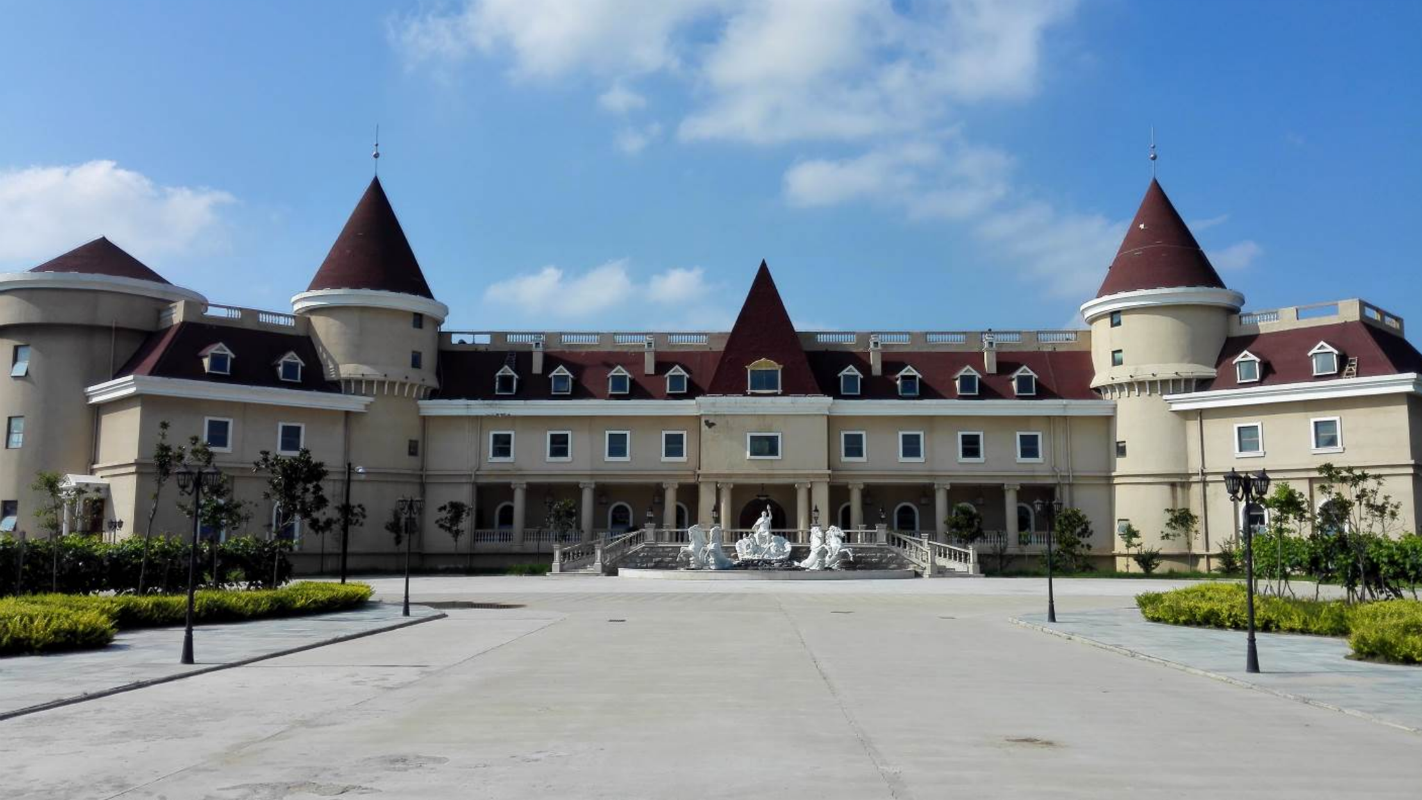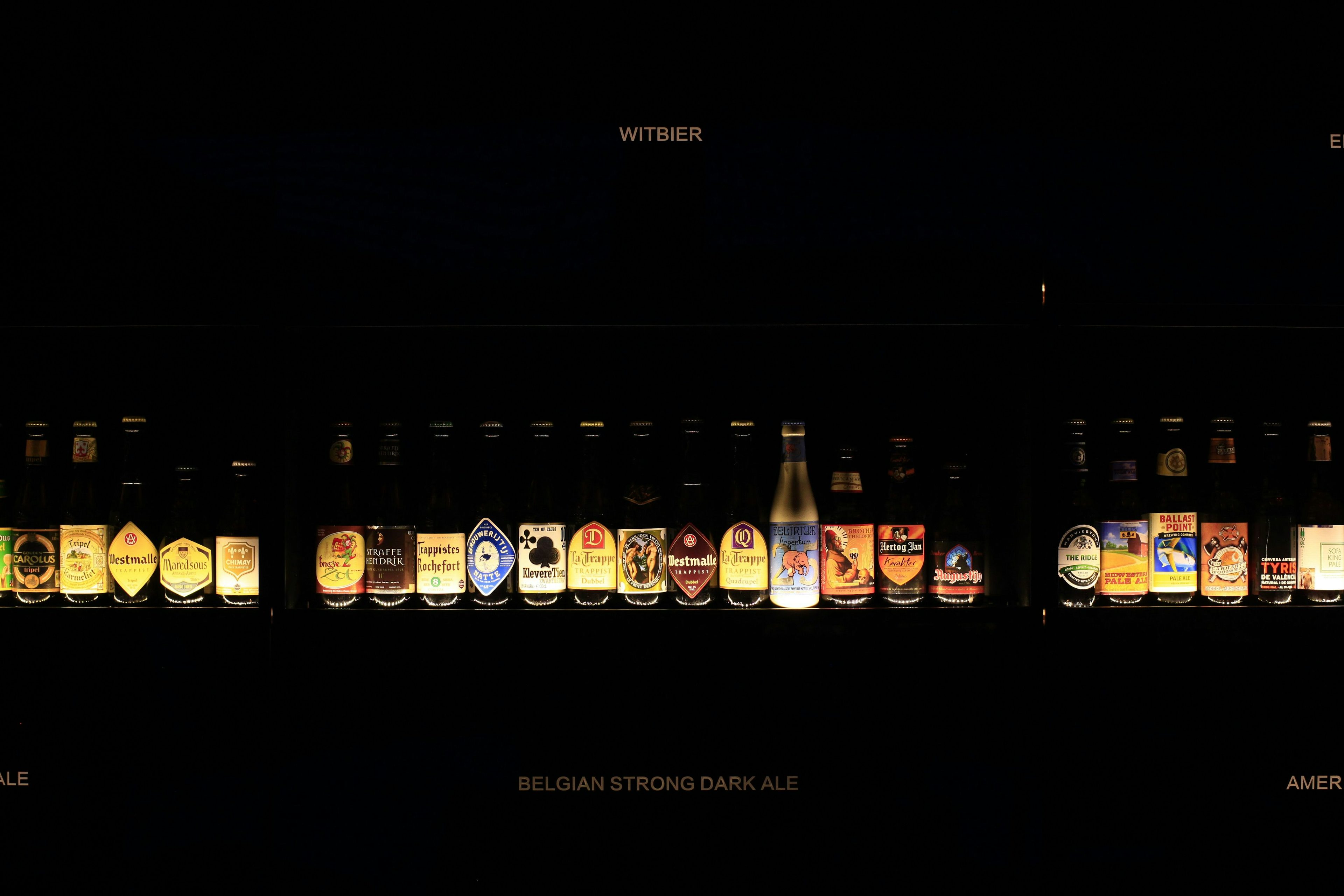Australia just took a giant step towards gaining more access to China's wine market, which recently surpassed the United States as the biggest market for the Australia's wine producers. The Barossa Valley’s Seppeltsfield opened a chateau in China's Henan province earlier this month, as the country's wine imports continue to grow.
“We have recognized China as probably the leading international wine market for the Australian category,” Seppeltsfield’s sales and marketing manager Chad Elson told Australian press. “This was a particular project to have some form of physical presence in the market, so taking our relationship from purely trade to actually having a retail bricks-and-mortar facility on the ground in China.”
The Chateau Seppeltsfield Minquan is part of a joint venture between the South Australian winemaker and Minquan Jiuding Wine Company Ltd and is the first chateau to be partly owned by an Australian winemaker in China.
The property, which is accessible by high-speed rail from Beijing and Shanghai, will serve as both a retail space selling both local Minquan and its own signature wines and a hub for facilitating tourism to its winery in Australia. Minquan winery was founded in the late 1950s as a state-owned company that produced China's iconic 'Great Wall' brand, and now is a subsidiary of a Chinese construction company.
The timing for the newly opened chateau comes as the volume of wine imports to China from Australia jumped 40 percent in 2016 from the year before. According to Elson, the value of these imports is now more than US350 million, compared to US20 million about 10 years ago. “There were certainly signals that the market was developing, but how rapid it has been in the last three years particularly … it certainly rocketed far quicker than probably what we could have ever imagined,” he said.
A reduction on tariffs following the China-Australia Free Trade Agreement (ChAFTA) between China and Australia likely contributed to the improvement last year as it helped boost the confidence of importers and distributors. Australia's luxury food and beverage producers and distributors have long had their eye on China's emerging upper middle class consumers who have exhibited increasingly discerning tastes for fine dining. Australian wine's hold on Chinese consumers is only expected to strengthen as tariffs are set to be completely removed by 2024 as part of the free trade agreement.
France still remains the top importer of wines to China, with about a 44 percent share of the market by value, according to Chinese customs figures released at the beginning of this year.

